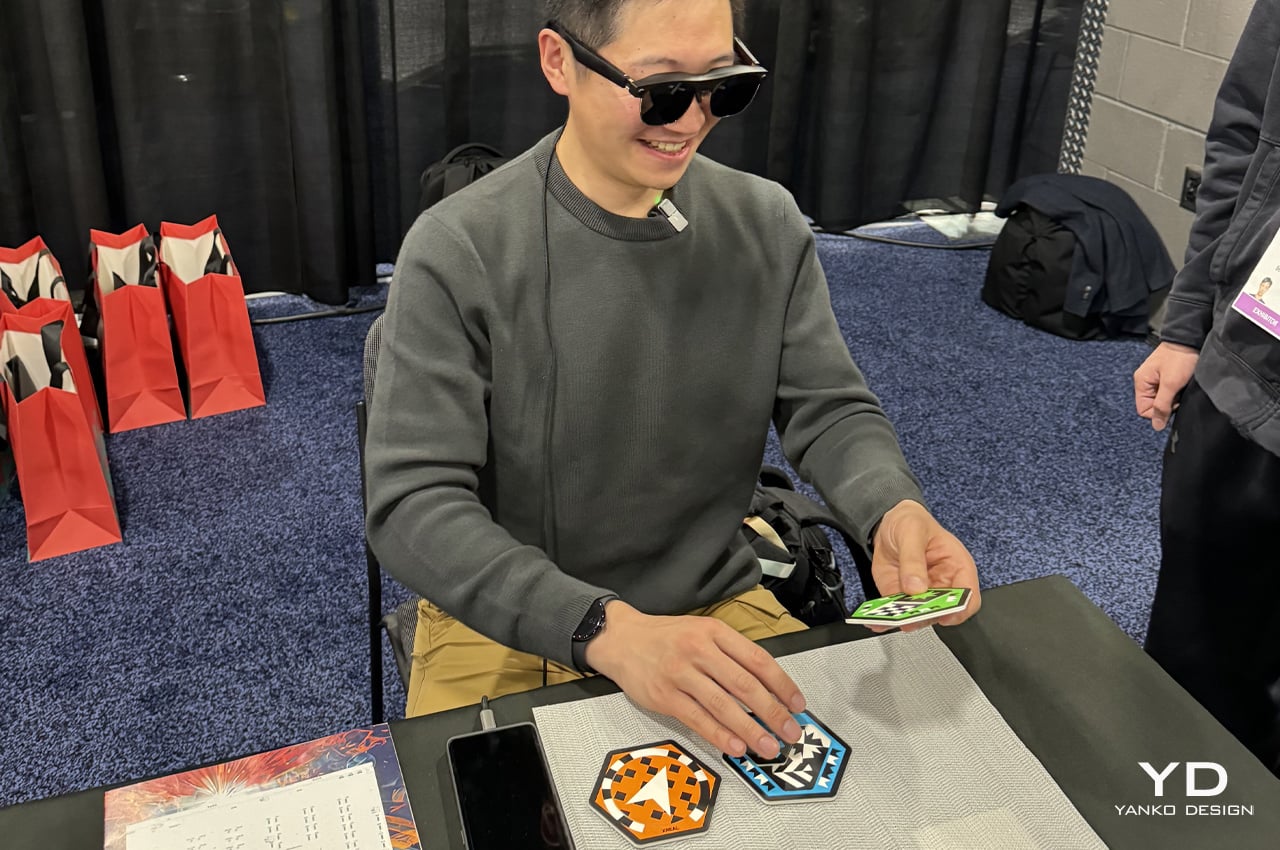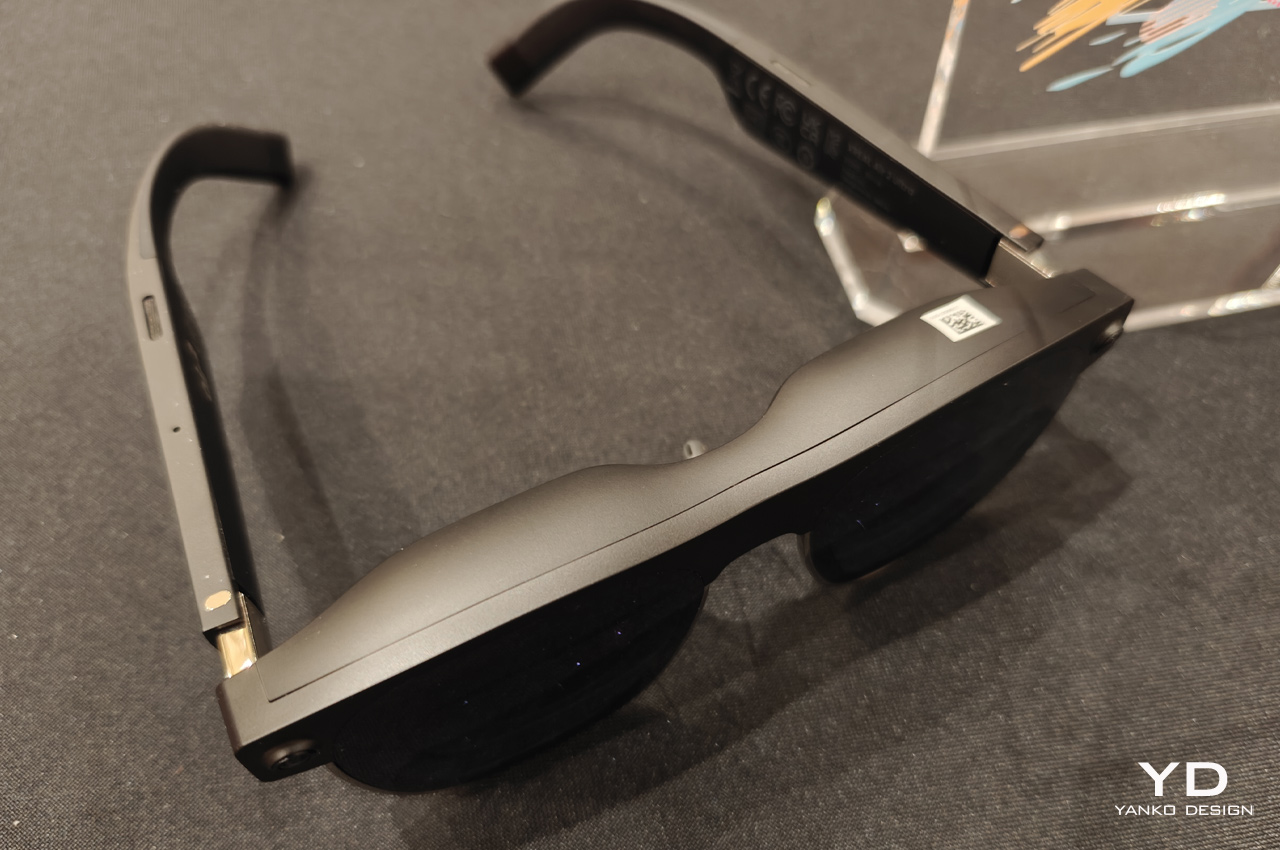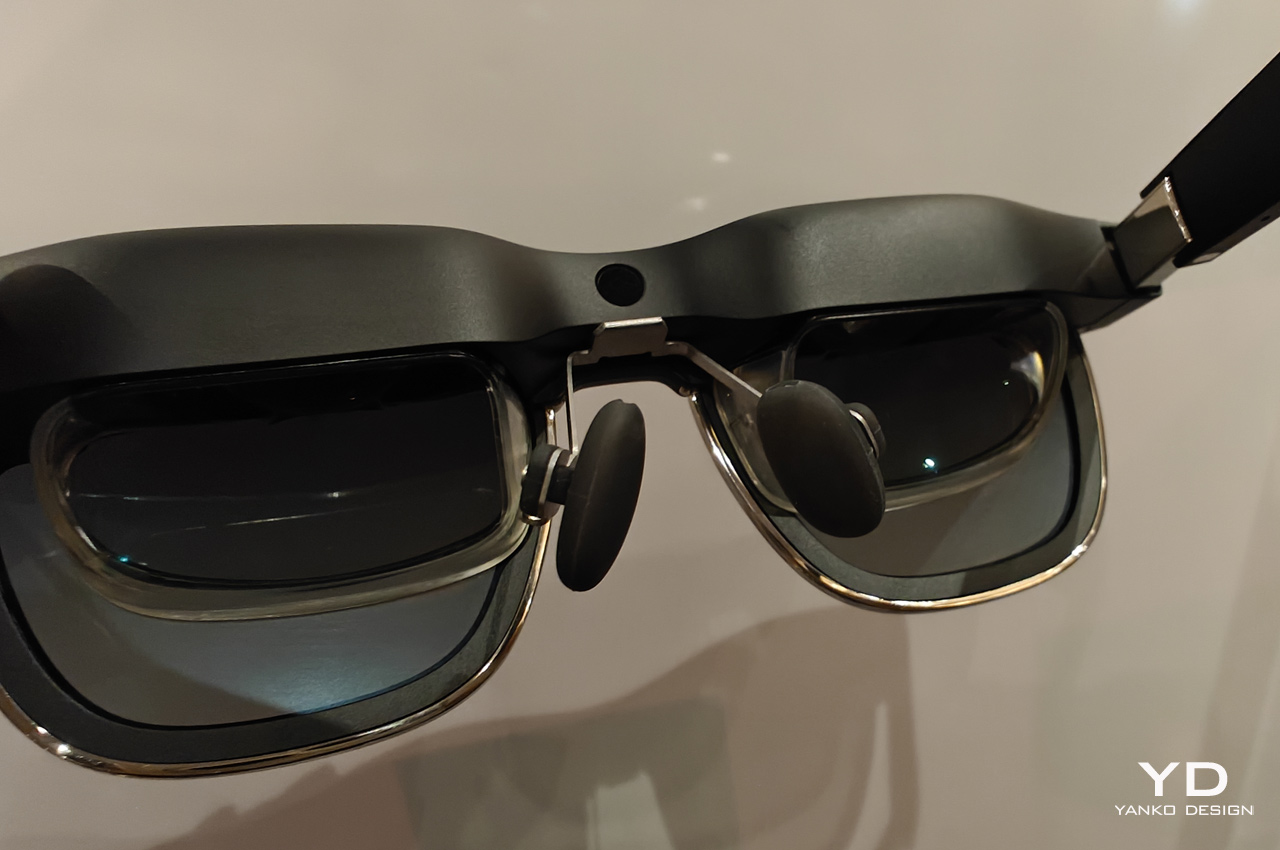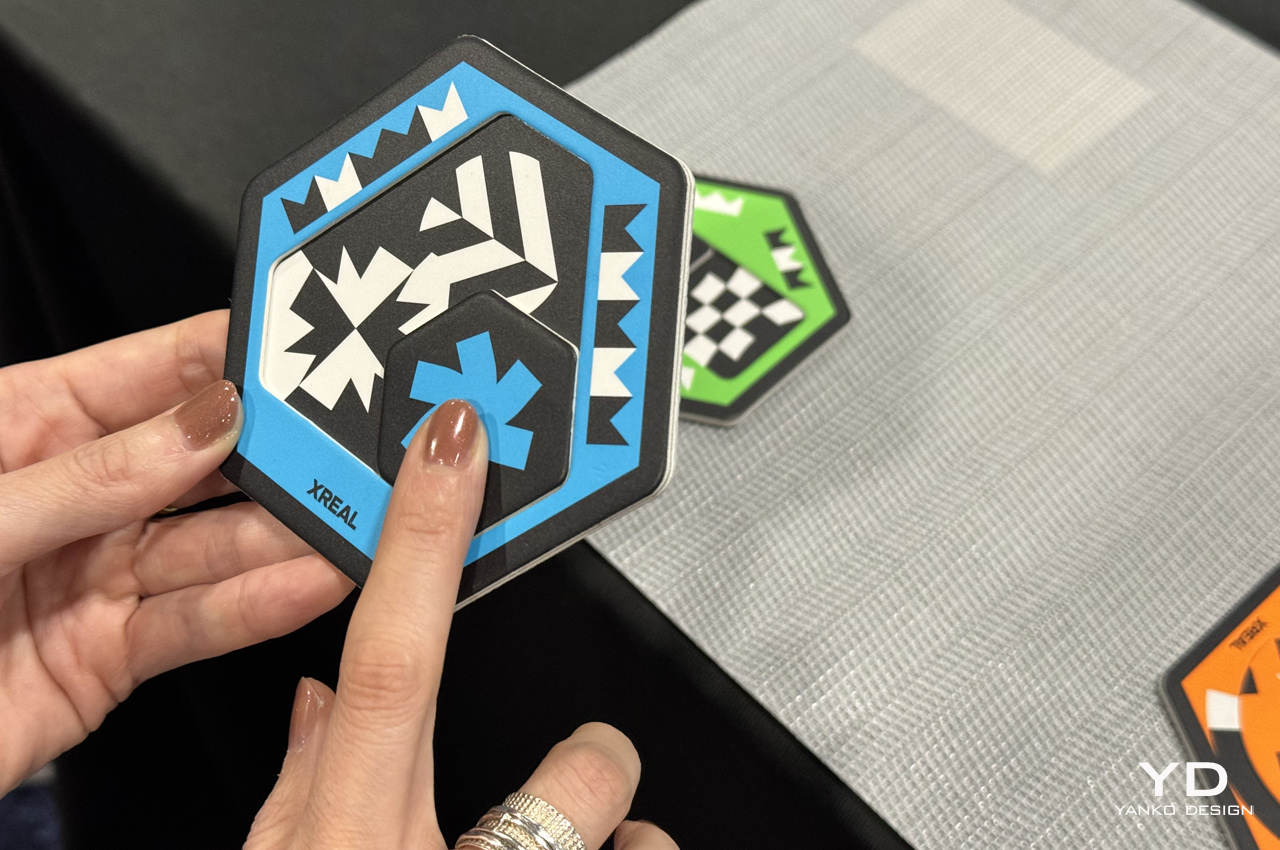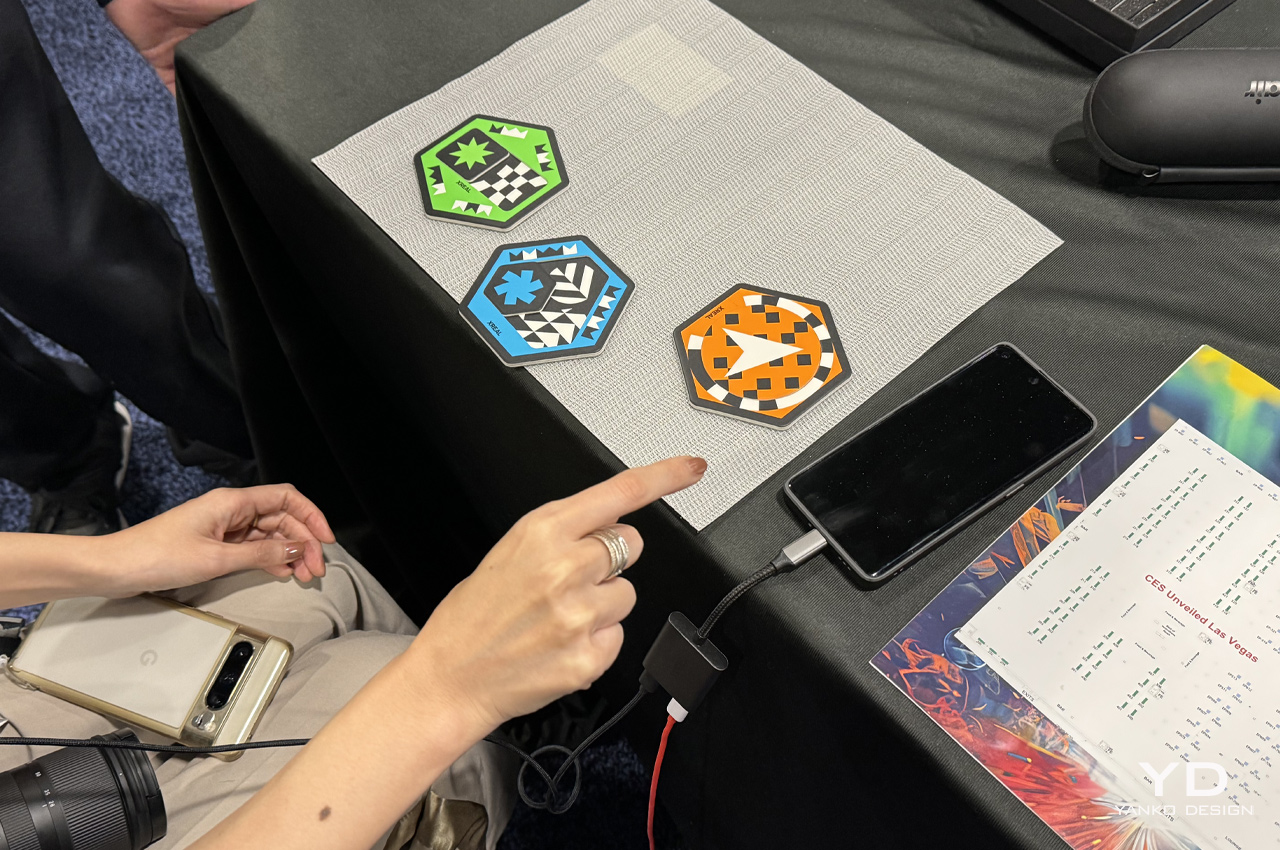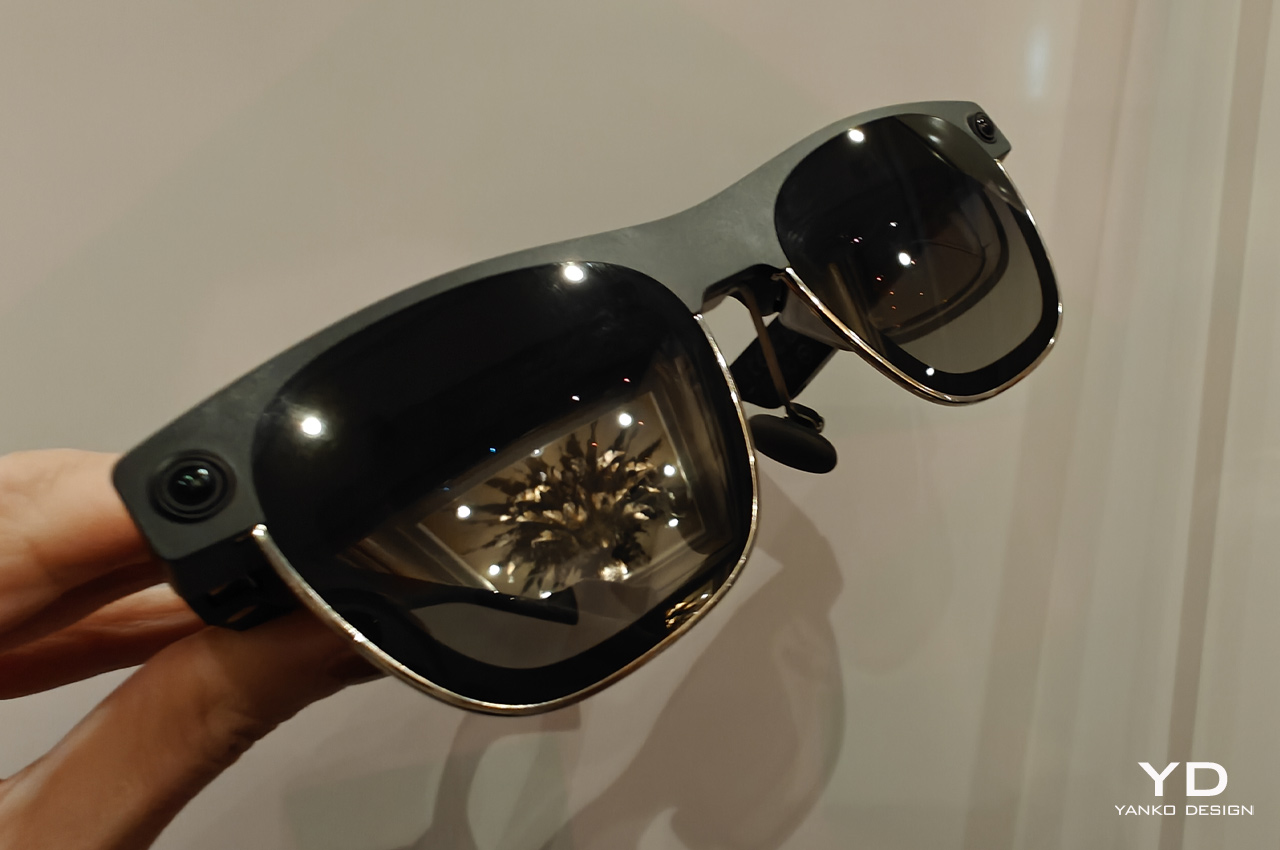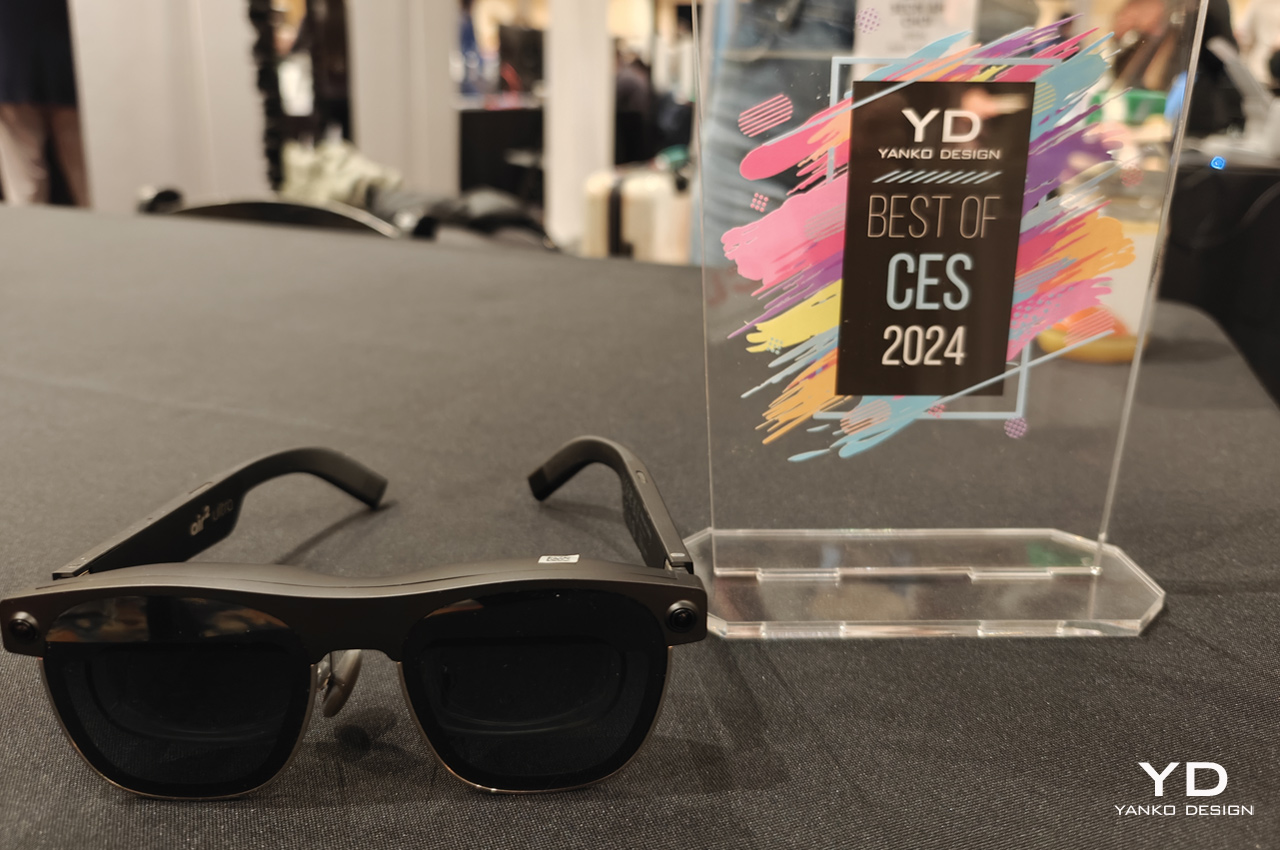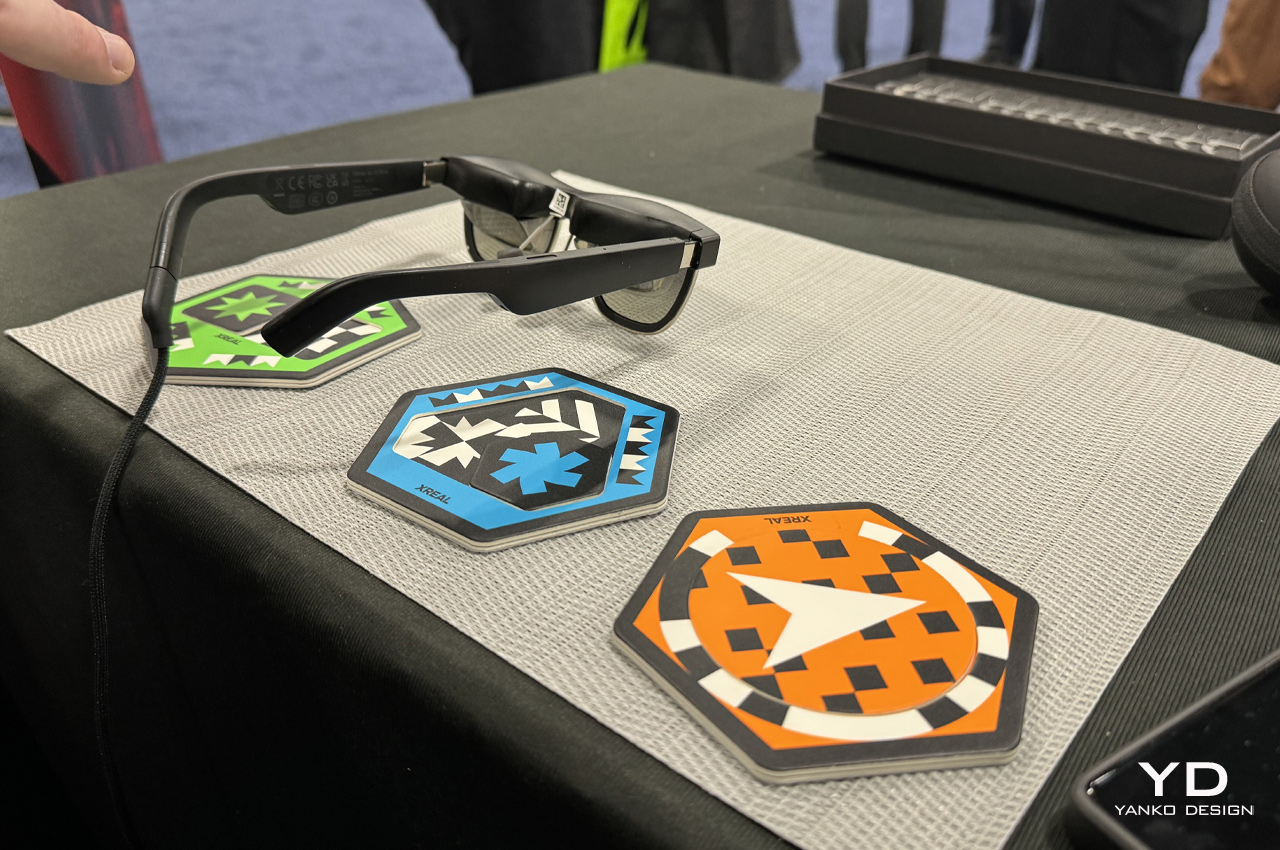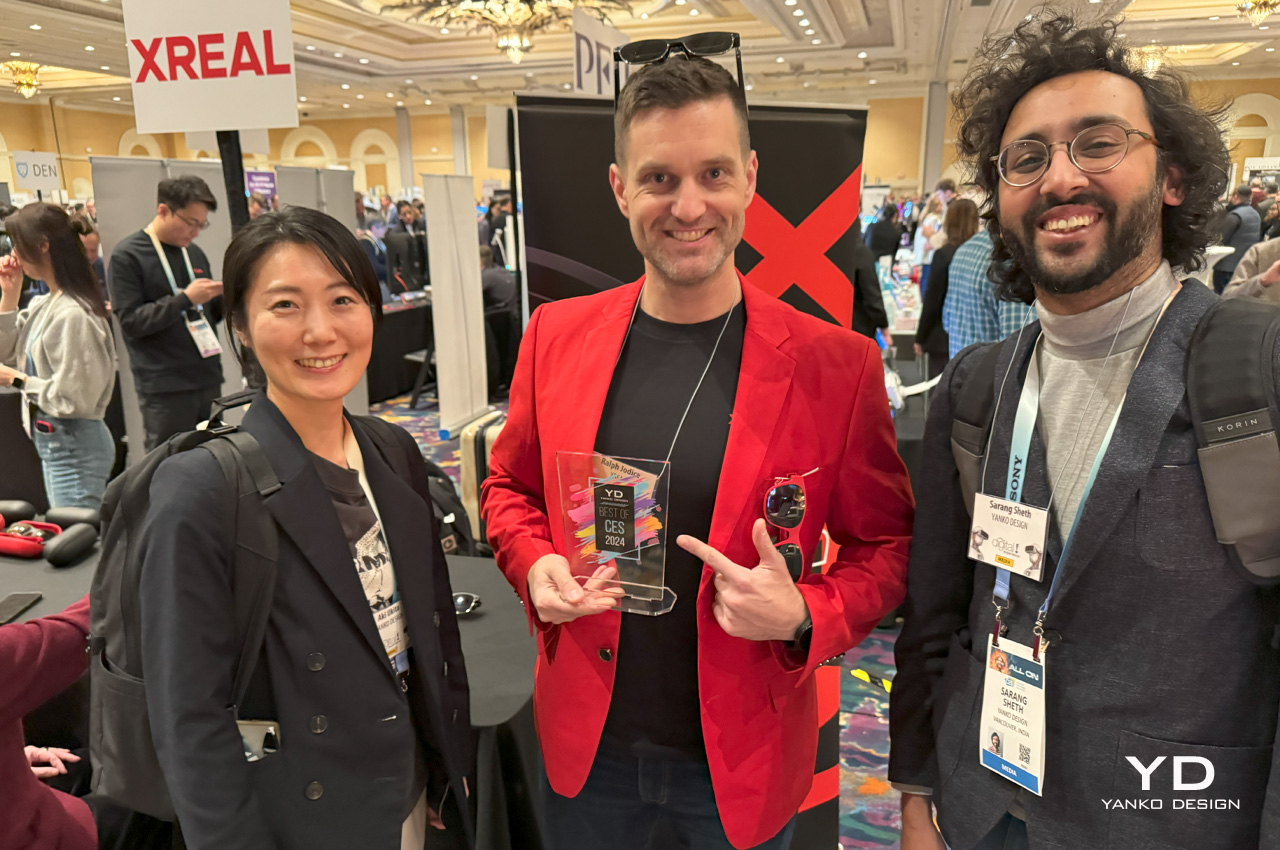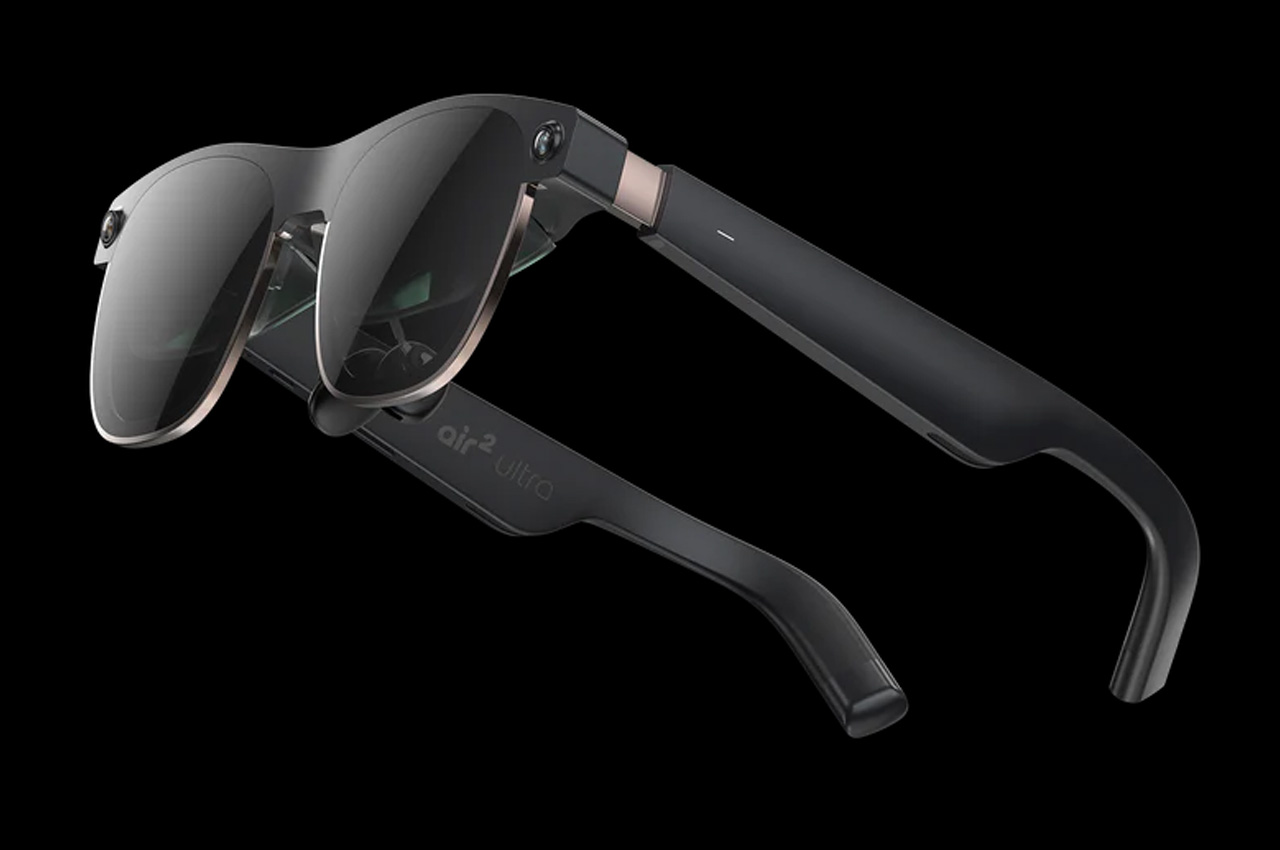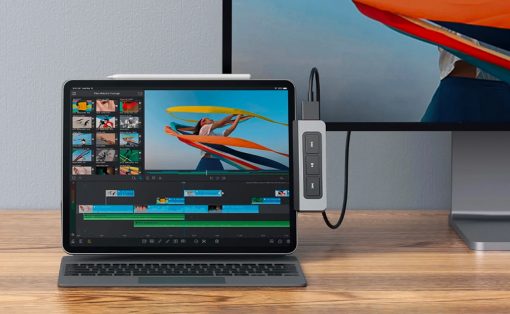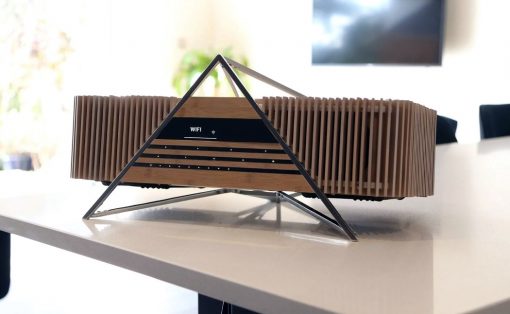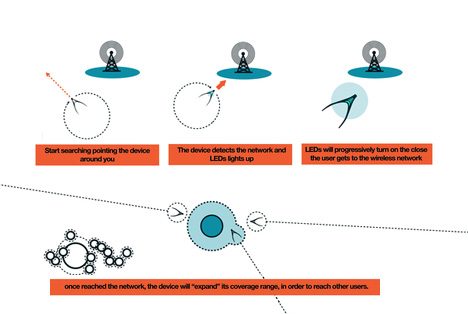Talk of AR glasses and the first names that come to mind are Apple Visions Pro and Meta Quest 3. Priced exorbitantly, given their early stage of development, a lesser-priced alternative is bound to attract attention. That’s exactly what the $699 XREAL Air 2 Ultra is with a shipping date slated sometime in March 2024 for early adopters.
The wearable accessories are a cross between AR glasses and smart spectacles, making them highly practical for real-life situations. At the ongoing event, we got a chance to experience the Air 2 Ultra with its directional audio technology and were impressed by the experience. Also, we resonated well with the vision of bringing augmented reality (AR) to everyone. No doubt they won our “Best of CES 2024” award at the mega event!
Designer: XREAL
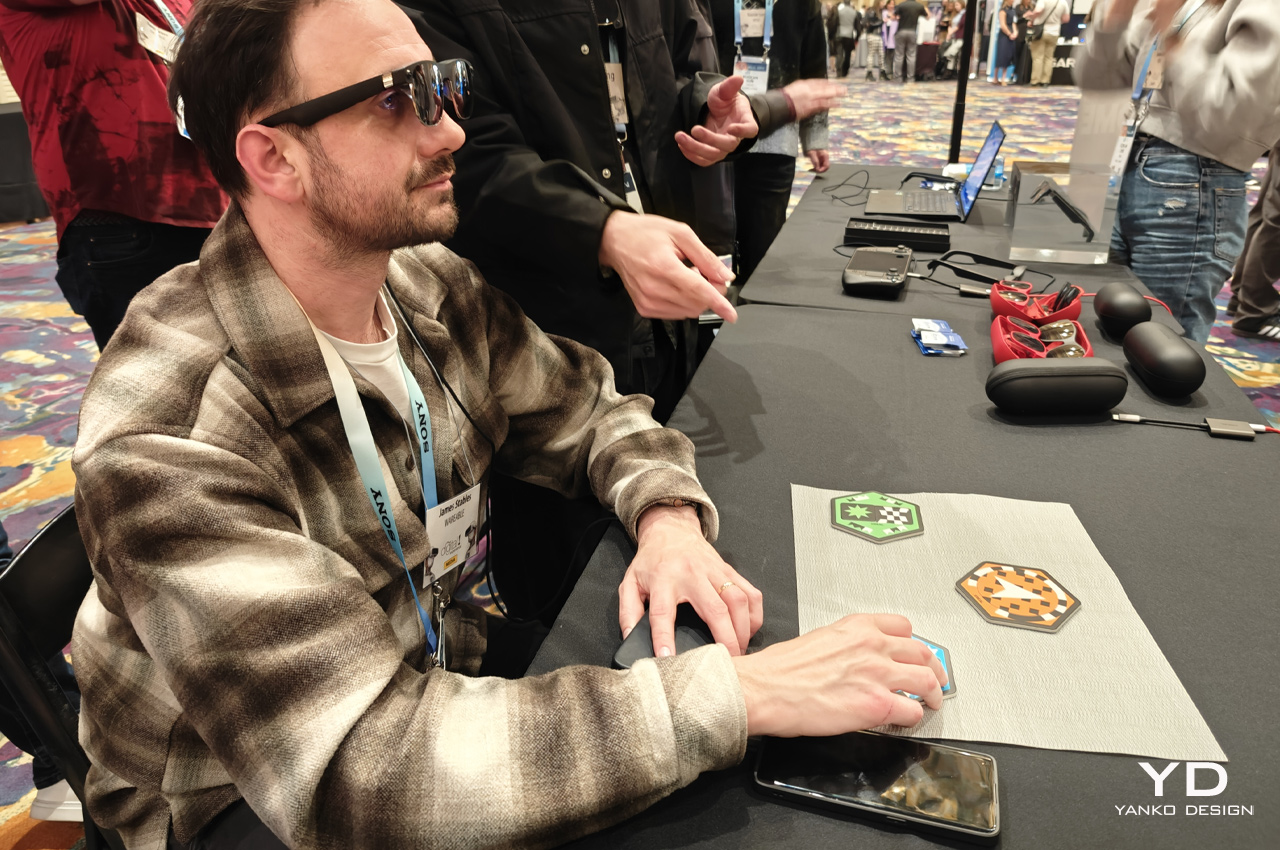
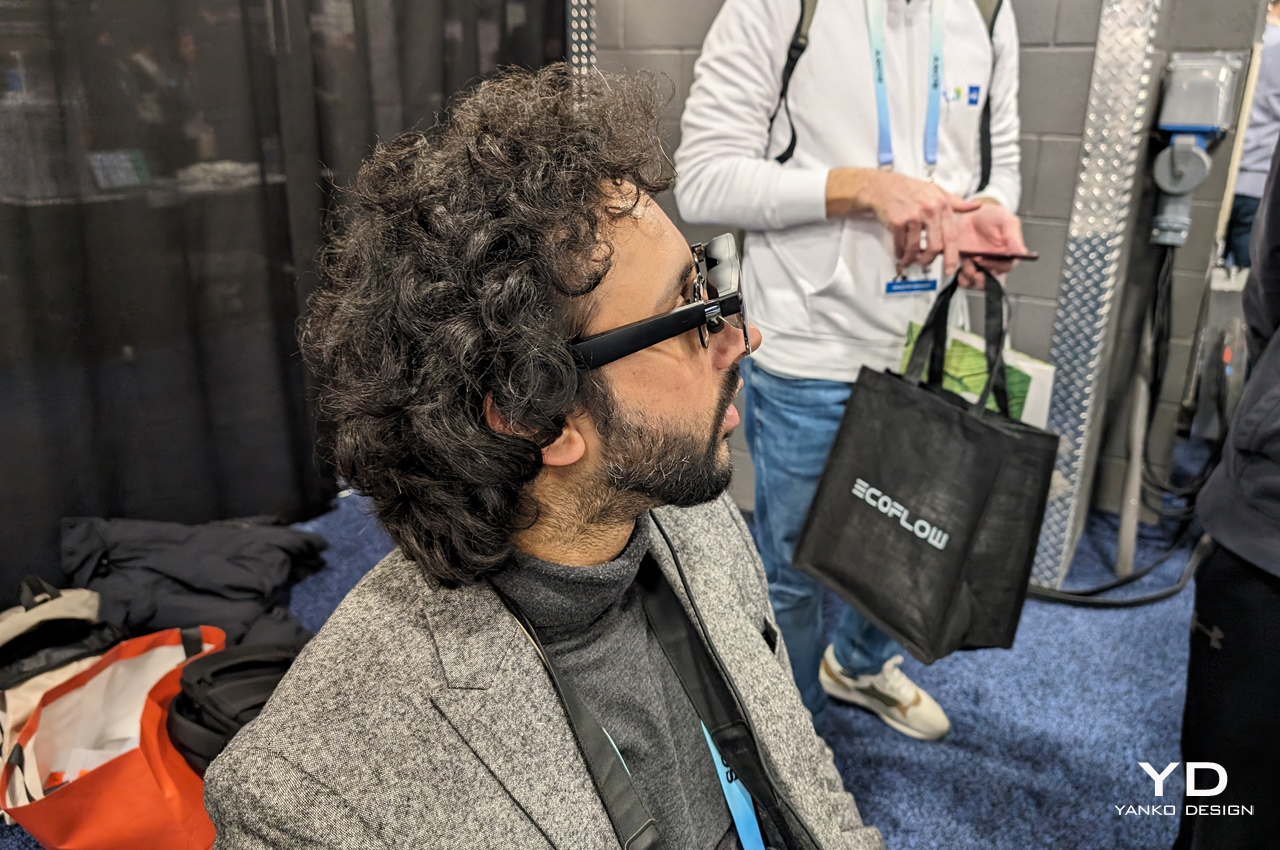
These new fashion-forward glasses are lighter at 72 grams compared to the 80 grams of the earlier version. The display like the Air 2 is 1080p at a refresh rate of 120Hz and 500 nits brightness. A worthy upgrade comes in the form of 52 degrees FOV and the 42 pixels per degree which is even better than the Apple Vision Pro. It has also been improved to get an additional pair of cameras on each side for six degrees of freedom and positional tracking. This enables interaction with both hands for a surreal experience and applications like 3D mesh creation and future-proof AI capabilities.
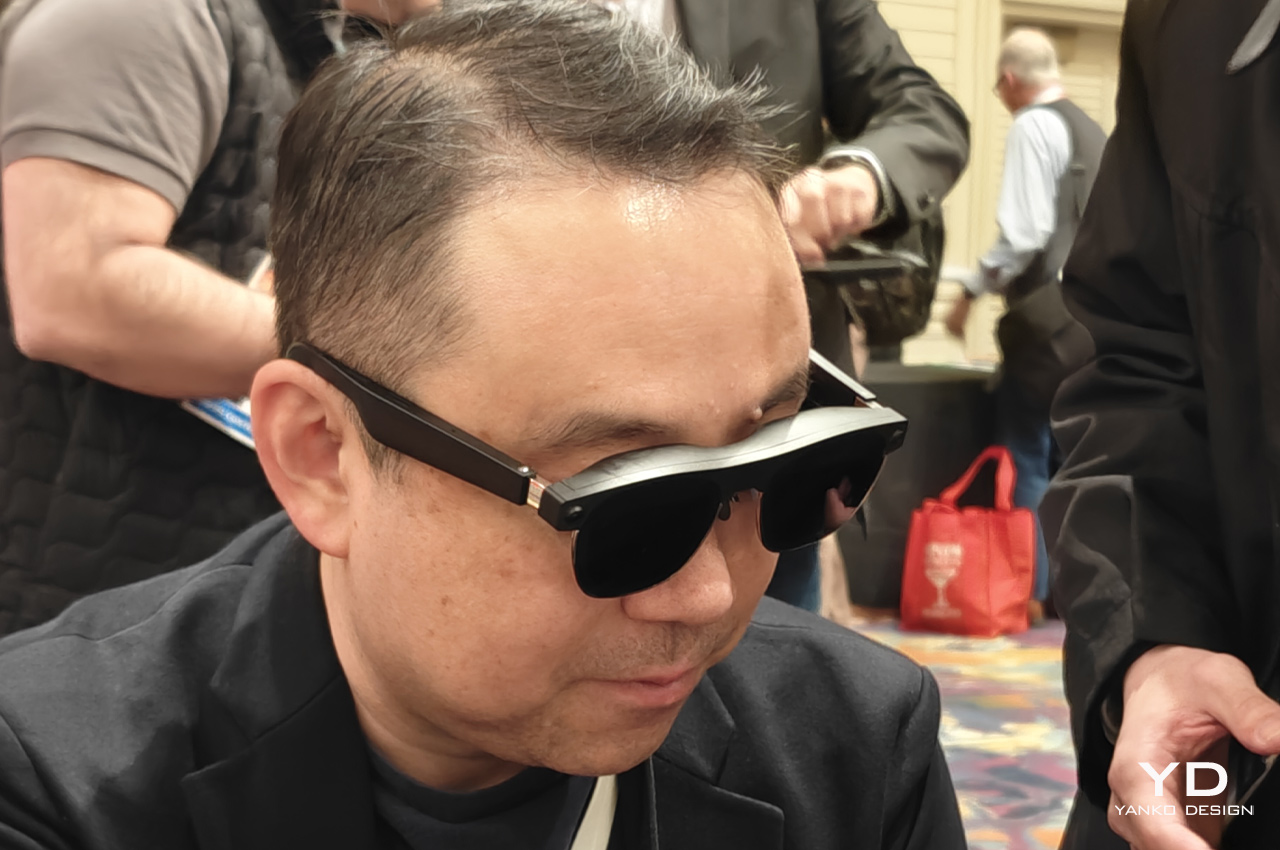
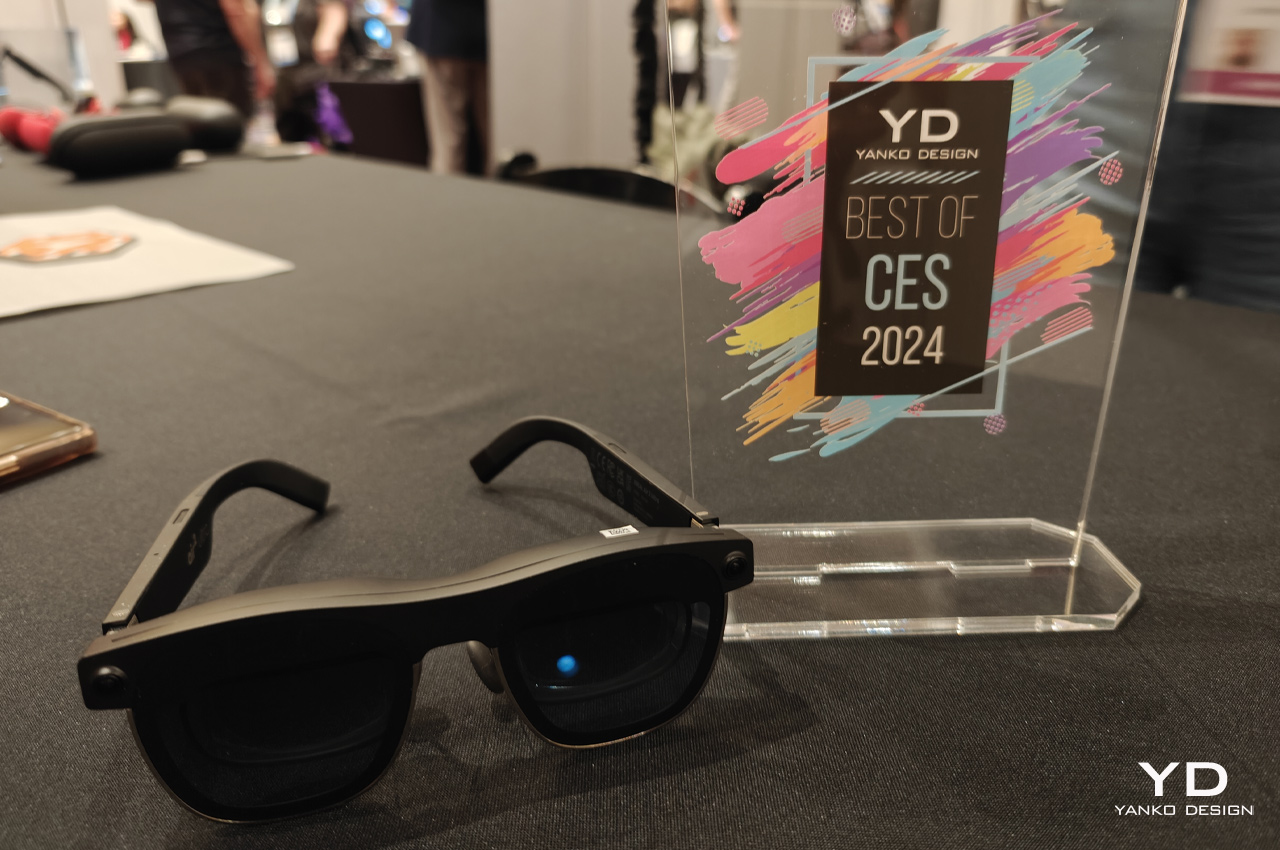
Talking of the mixed reality experiences that developers can create, the company has laid much focus on the spatial computing aspect. To that accord, the Air 2 Ultra comes with a suite of tools for developers like the Nebula, an in-house developed AR environment launcher and the latest SDK. Given their smaller size, comfortable form factor and new in-frame sensors; the developers will be more than eager to put that hardware to use for unique mixed-reality applications.
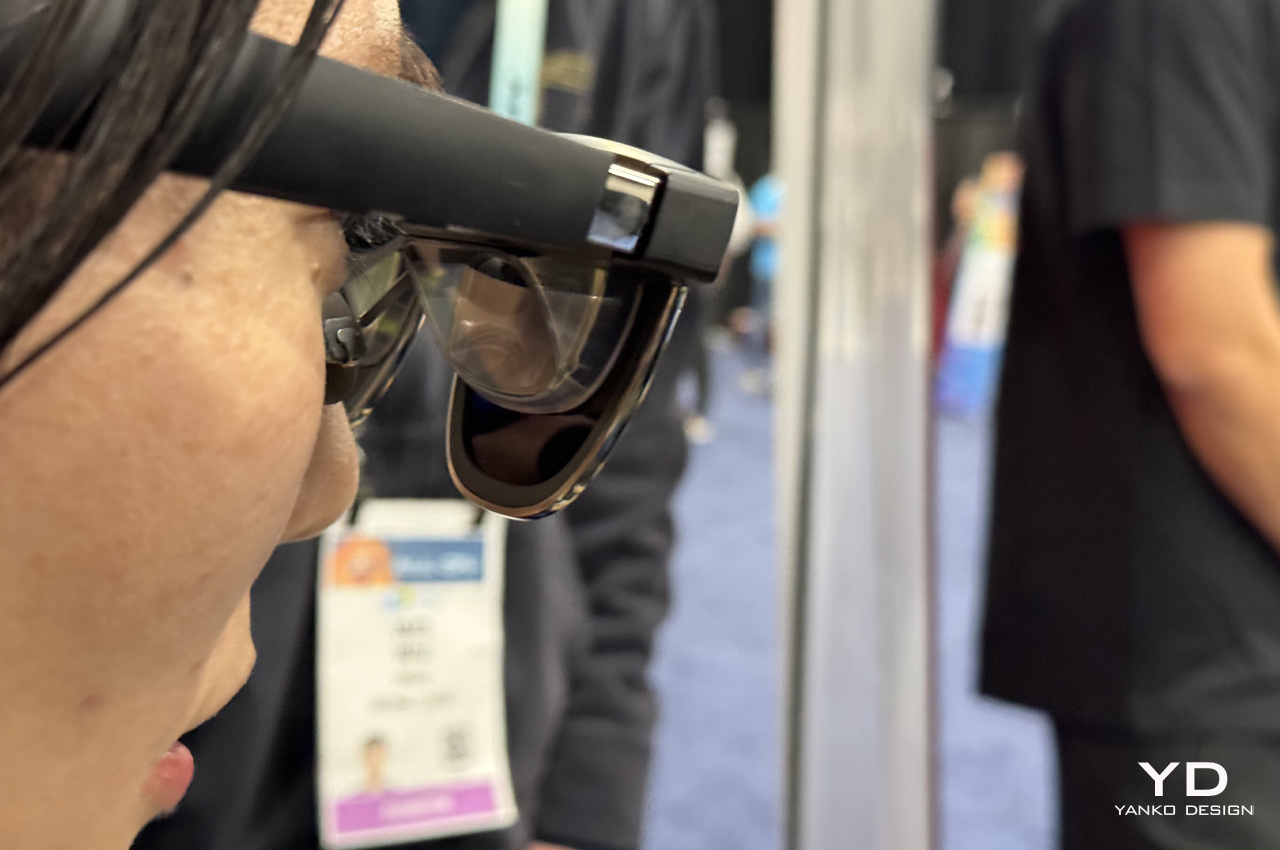
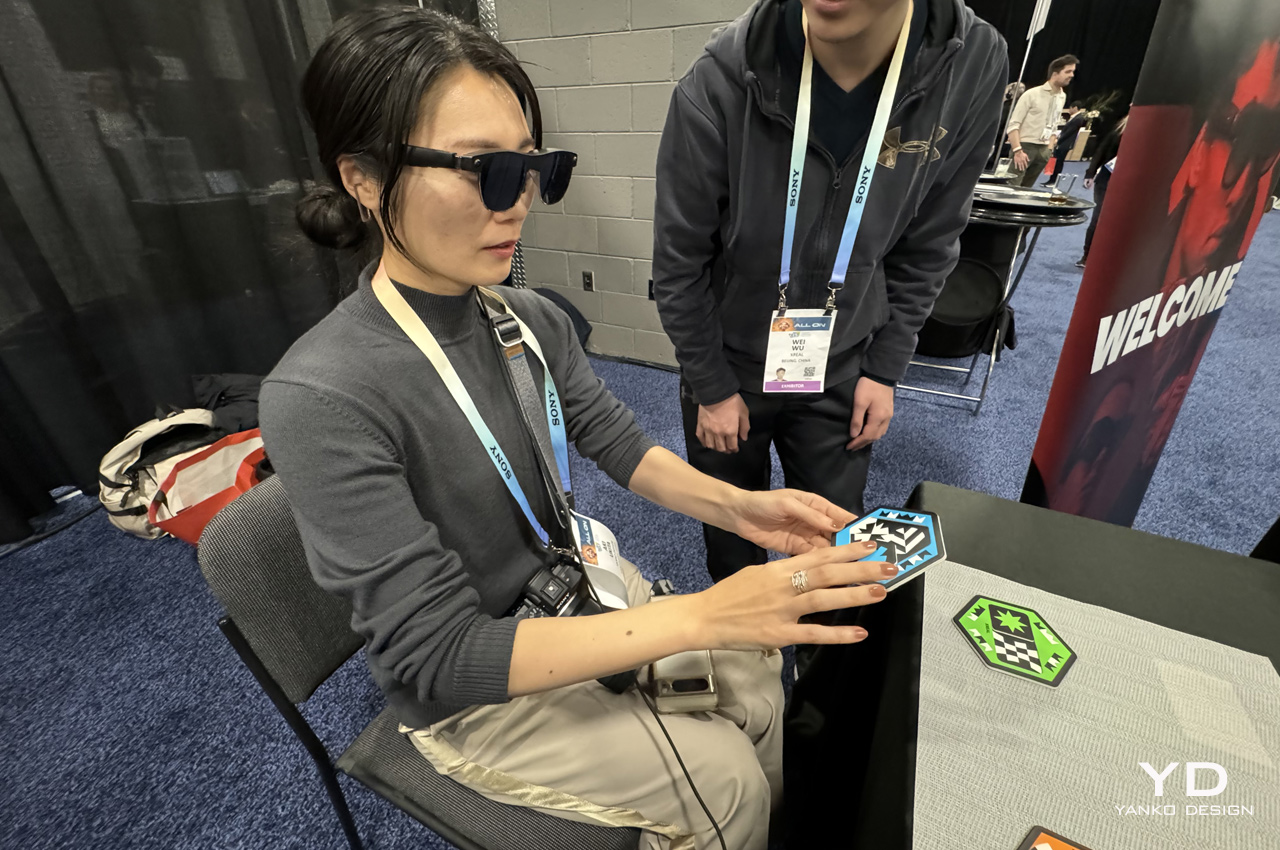
XREAL has also proactively partnered with Qualcomm Technologies, BMW Group, NIO, Quintar, and Forma Vision to create niche spatial computing interfaces. These come in the form of navigation instructions, hazard warnings, holographic meetings, or entertainment content.
